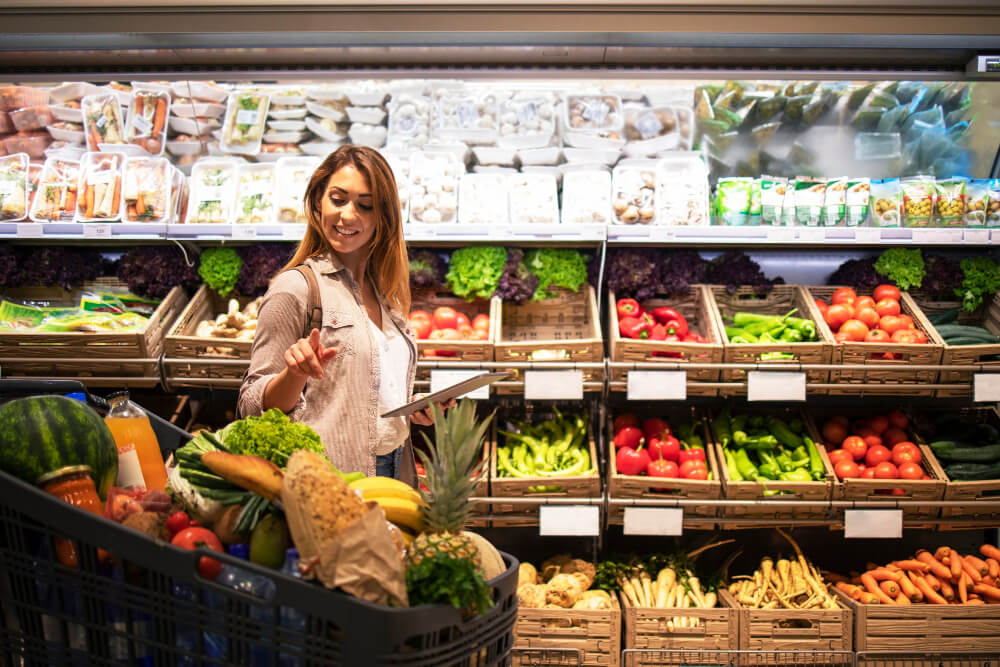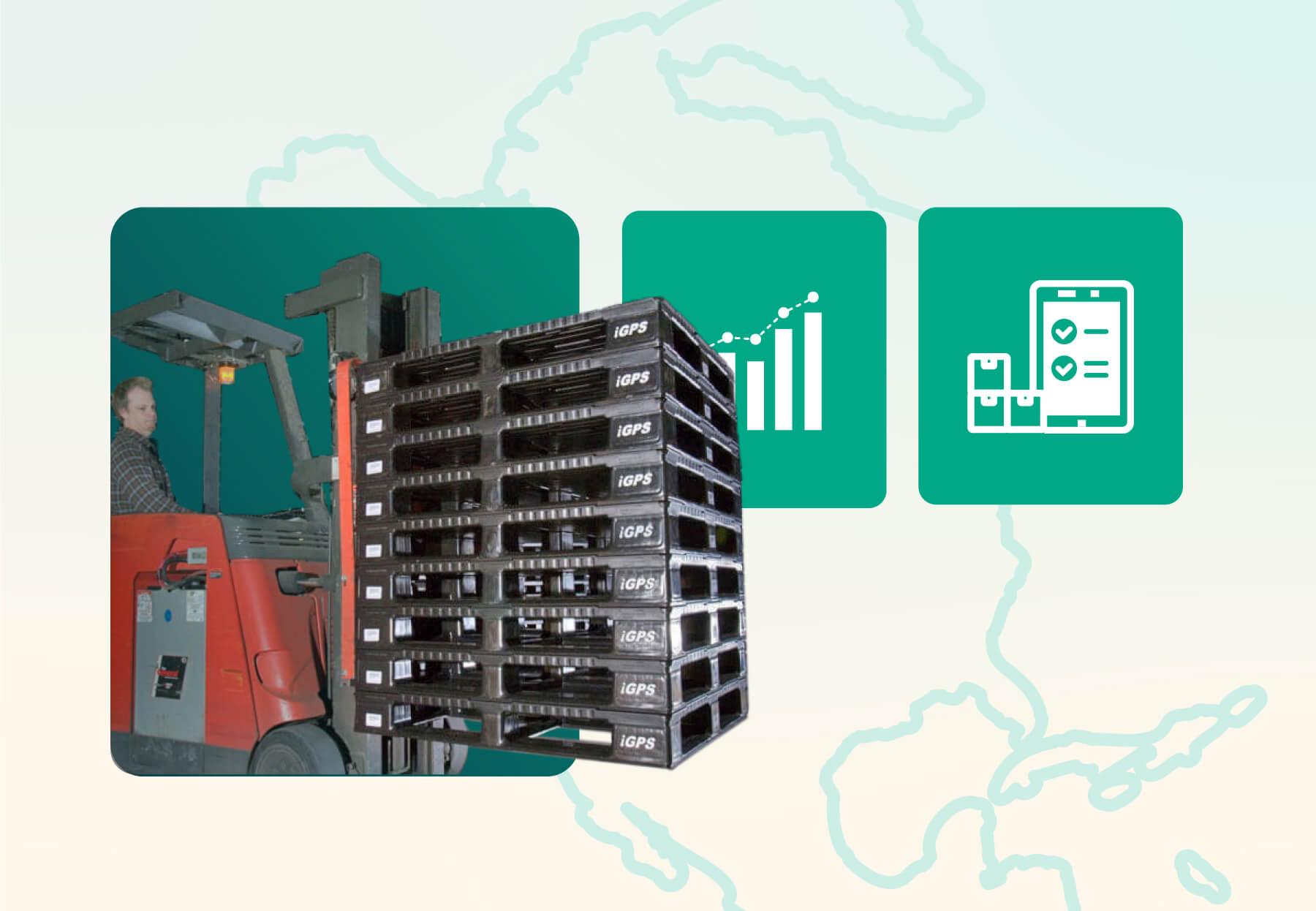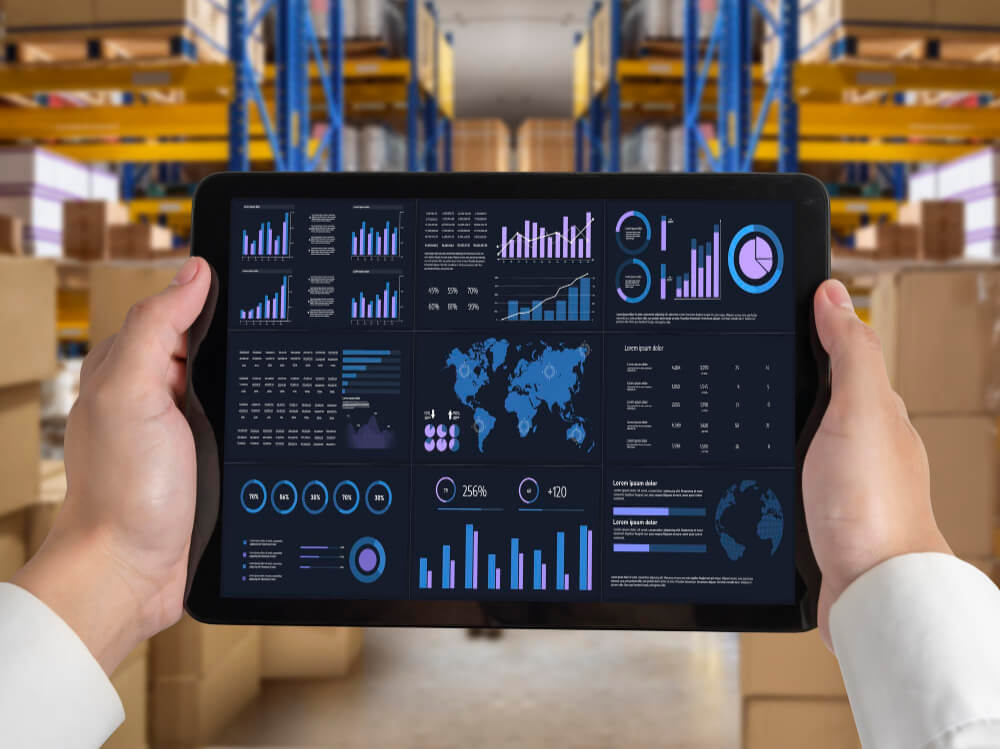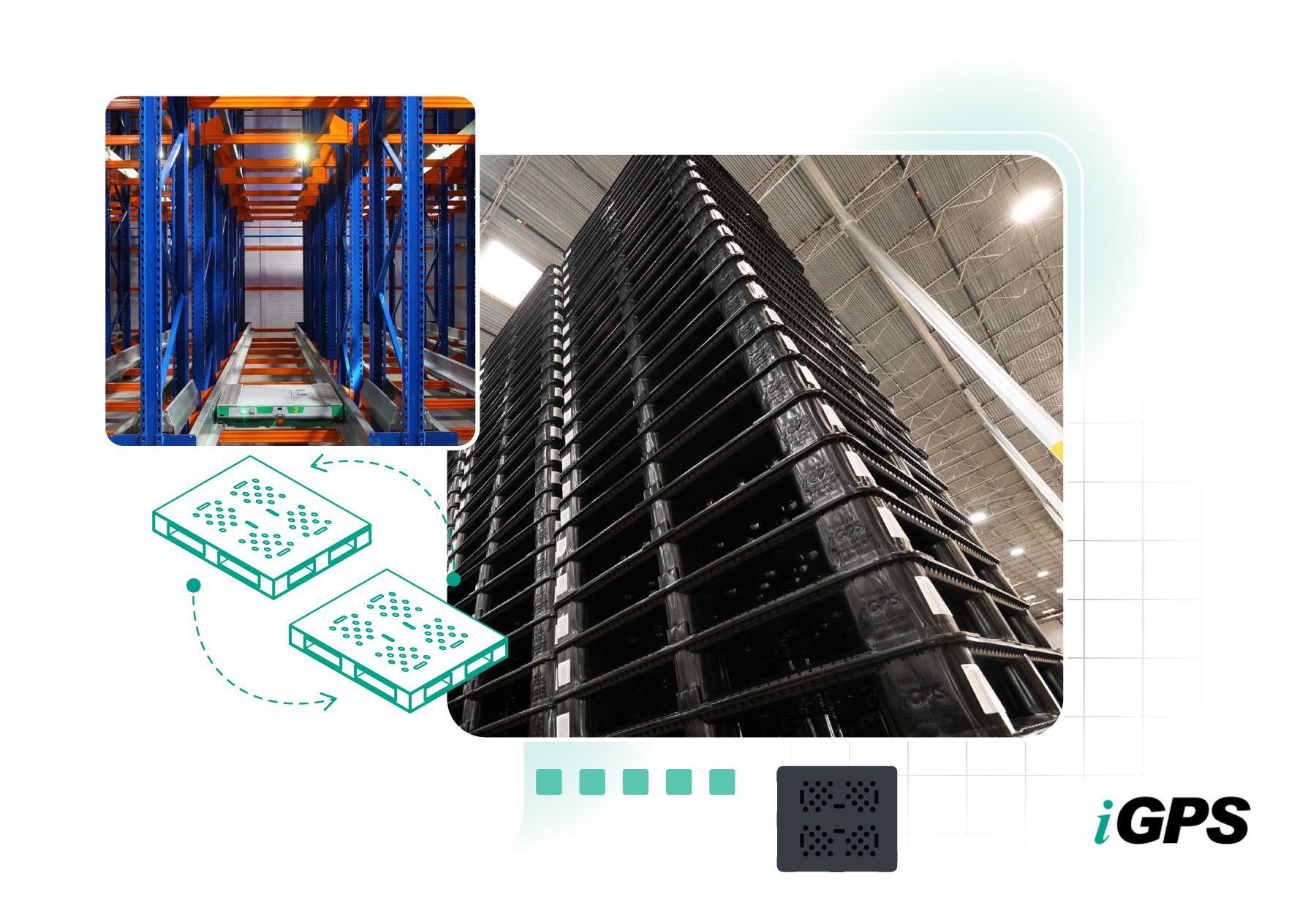The modern food supply chain spans farms, processors, distributors, retailers, and international markets—making traceability more critical than ever. In 2024, the food and beverage industry saw over 740 recalls, more than double the previous year’s total.
Under the FDA’s Food Traceability Rule (FSMA 204), companies must now record Critical Tracking Events (CTEs) and Key Data Elements (KDEs) to speed outbreak response and protect public health. A strong traceability system enables tracking from farm to shelf, helping prevent large-scale recalls, ensure food safety, and maintain consumer confidence.
Key takeaways
- Global food supply chains are more complex, making real-time traceability essential for safety and trust.
- FSMA 204 requires tracking Critical Tracking Events and Key Data Elements to speed recall response and protect public health.
- Digital tools like barcodes, RFID, and blockchain improve visibility and accuracy across every stage.
- RFID-enabled plastic pallets and pooling networks enhance hygiene, compliance, and pallet-level traceability.
- Strong traceability systems reduce waste, prevent contamination, and build long-term consumer and brand confidence.
What Is Food Traceability?
Food traceability is the ability to track a food product’s movement through every stage of production, processing, and distribution. It records where ingredients come from, how they’re handled, and where they go next.
Each step—from farm or supplier to processor, distributor, retailer, and consumer—is documented through batch codes, barcodes, RFID tags, or digital tracking systems. This transparency helps identify the source of contamination during recalls, verify food safety standards, and ensure compliance with regulations such as the FDA’s Food Safety Modernization Act (FSMA).
Effective traceability protects consumers, supports brand accountability, and helps businesses react quickly to supply chain disruptions or quality concerns.
Why Is Food Traceability Important?
Food traceability is important because it ensures safety, accountability, and trust across the food supply chain. It gives companies the ability to find and remove contaminated or mislabeled products before problems spread.
Tracking ingredients from their source through production and delivery verifies compliance with food safety rules and industry standards. It also increases transparency, allowing retailers and consumers to see where products come from and how they were handled.
For producers and distributors, strong traceability reduces waste, lowers recall costs, and improves cooperation with regulators and customers. Clear, accurate data becomes a practical tool for maintaining both safety and confidence in every shipment.
How Is Food Traceability Done?
Food traceability works by recording data at every stage of production, processing, and distribution. Each batch or item receives a unique identifier—such as a barcode, QR code, or RFID tag—linking it to records about its origin, handling, and movement.
Producers record supplier details, harvest dates, temperatures, and handling steps. Distributors and retailers update that information as goods move through storage and transport to the point of sale.
Digital and blockchain systems connect this data in real time, creating a single, continuous record. Companies can then trace any product forward or backward through the supply chain within seconds.
How to Best Manage Food Traceability
The best way to manage food traceability is to build a unified, data-driven system that tracks every product in real time. Start by assigning each batch or item a unique identifier—such as an RFID tag, barcode, or QR code—that stays consistent through processing, packaging, and distribution.
Use centralized digital platforms that connect suppliers, manufacturers, and retailers so all tracking data flows into one secure source. This reduces errors from manual entry and allows instant access to shipment and production details.
Regular audits help confirm accuracy, while automated alerts can flag missing data or temperature deviations. Partnering with logistics providers that use standardized, hygienic equipment—like RFID-enabled plastic pallets—can further simplify compliance and traceability.
When data capture is consistent and transparent, recalls are faster, waste is reduced, and consumers gain greater confidence in food safety.
What Is FSMA Compliance?
FSMA compliance refers to meeting the requirements of the Food Safety Modernization Act, a U.S. law that shifts food safety from reaction to prevention. Enforced by the FDA, it requires food producers, processors, and importers to identify potential hazards and implement documented controls to prevent contamination before it happens.
Compliance includes maintaining detailed traceability records, conducting risk-based preventive controls, and ensuring proper sanitation, storage, and transportation practices. Companies must also establish recall plans and provide quick access to shipment and ingredient data during inspections.
In short, FSMA compliance ensures that every participant in the food supply chain can prove their products are handled safely, traceable at every step, and meet federal standards for protecting public health.

Plastic Pallets vs Wood Pallets for Food Safety
Plastic pallets provide stronger protection for food safety than wood alternatives. Their non-porous surfaces resist moisture, bacteria, and chemical absorption, making them easy to sanitize and suitable for food processing and cold storage environments.
Wood pallets absorb moisture and can harbor mold, pests, or debris that contaminate packaged goods or damage automation systems.
Plastic pallets keep consistent size and weight, enabling reliable use with robotic handling and RFID or barcode tracking. Within pooling networks, each pallet is inspected, washed, and verified before reuse.
This uniformity and cleanliness reduce contamination risks, support FDA and FSMA compliance, and preserve product quality from plant to shelf.
How Pallet Pooling Improves Food Traceability and Compliance
Food traceability relies on more than digital records; it depends on clean, consistent equipment that moves products safely through the supply chain. Plastic pallets used in pooling programs provide that consistency. They are hygienic, standardized, and easy to trace across every shipment. RFID tags built into each pallet make it possible to monitor movement in real time and connect with automated systems.
The iGPS pallet pooling network uses AI inspection and washing systems to verify that every pallet meets FDA and FSMA sanitation requirements. Sensors detect surface damage or contamination, routing pallets through a custom wash cycle before reuse.
This closed-loop process keeps every pallet in circulation clean and consistent. It strengthens traceability, reduces contamination risks, and supports a safer, more compliant food supply chain.
Conclusion
Strong traceability isn’t just about compliance; it’s about control, trust, and long-term resilience. Businesses that invest in reliable tracking systems can respond faster to safety concerns, reduce waste, and meet rising consumer expectations for transparency. With digital tools, standardized processes, and clean logistics practices such as plastic pallet pooling, food companies can build a traceable supply chain that protects both their products and their reputation—ensuring food safety from production to plate.
FAQs
How do barcode, RFID, and blockchain compare for food traceability?
Barcodes are affordable but rely on manual scanning. RFID automates tracking with radio signals for real-time visibility and less labor. Blockchain adds secure, tamper-proof recordkeeping that builds trust and transparency. Many food producers use all three together for labeling, live tracking, and verified data sharing.
What are the key FSMA Section 204 requirements for traceability?
FSMA Section 204 requires food companies to track high-risk foods by recording critical tracking events and key data like lot codes, quantities, and locations. Records must be stored digitally and available to the FDA within 24 hours to improve traceability, speed recalls, and protect public health.
What are the steps to implement traceability in a small food business?
Map your supply chain, assign batch or lot numbers, and record data for each step—supplier, date, and quantity. Use simple tools like barcodes or spreadsheets, train staff on accuracy, and test your system by tracing a product forward and backward to confirm readiness for recalls.
What are the costs and ROI of traceability technologies?
Barcodes are low-cost, while RFID and blockchain require higher upfront investment. Still, automation cuts labor, waste, and recall expenses. Real-time tracking improves efficiency and compliance, often delivering savings that outweigh initial costs and helping build consumer trust and long-term reliability.
Food safety and transparency begin with precise tracking. iGPS RFID-enabled plastic pallets deliver pallet-level visibility while providing a clean, consistent, and compliant foundation for every shipment. To learn how iGPS can strengthen your traceability and compliance systems, call 1-800-884-0225, email switch@igps.net, or visit our contact page.




